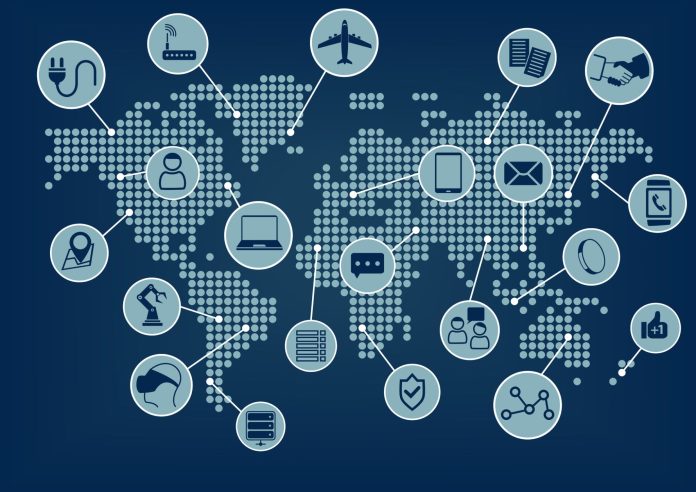The competition for supremacy in the “long-range” IoT connectivity category pits the cellular industry against a raft of technologies like Sigfox, LoRa, LoRaWAN to provide low-power wireless area networks. For the non-cellular entrants, the challenge is to deploy their networks far and wide — and fast — to counter the threat from the apex predator before its offerings, NB-IoT and LTE-M, reach adulthood. It’s as fierce a battle as any waged in the history of the wireless industry, and in the last year, the carriers have been moving fast.
LTE-M and NB-IoT: what’s the diff?
It’s important to understand the differences between LTE-M and NB-IoT because although they both serve the same overall market, each performs better in specific use cases. Both LTE-M (or LTE Cat M1) are both standardized within 3GPP and designed to be used exclusively for communication between (typically) battery-operated devices. They share the same 23 dBm (200 mW) maximum RF output power for edge devices and do not support MIMO.
From here, the similarities disappear. For example, LTE-M has a maximum uplink and downlink data rate of 1 Mb/s with a while NB-IoT reaches only 250 kb/s. LTE-M operates in either full or half duplex while NB-IoT is half duplex. LTE-M has a maximum channel bandwidth of 1.4 MHz, and NB-IoT uses just 180 kHz.
LTE-M achieves high spectral efficiency using two features: power-saving mode (PSM) and extended discontinuous repetition cycle (eDRX). PSM makes it possible for a device to maintain its dormant but accessible state and become active on demand. eDRX allows devices inform the network how often and when it will become operational and able to accept a downlink signal.
A benefit for wireless carriers is that as LTE-M functions within the LTE construct only new base station software is required to enable it. LTE-M has the added benefit of being able to use networks existing LTE network infrastructure, so only new baseband software is required to deploy it — a major cost savings. In addition, its latency is between 15 and 20 ms compared to 1.6 to 10 s for NB-IOT making it the only one of the two usable in real-time applications, of which there should be quite a few in the future.
In contrast, NB-IoT is not part of the LTE standards so rather than simply requiring a software upgrade, deploying NB-IoT is essentially a “new build” making it must more expensive deploy in situations where LTE infrastructure already exists. When it does not, the disadvantage almost disappears as NB-IOT infrastructure costs less to deploy than LTE. Although it is not part of LTE, it’s very narrow channel bandwidths allows NB-IoT to operate using resource blocks within an LTE carrier or within a carrier’s guard band. It can also be deployed at other frequencies such as those used by GSM. NB-IoT is not very effective in mobility environments, which currently isn’t a deal-breaker for IoT but could be in the future. Finally, it eliminates the need for a gateway to aggregate sensor data, which reduce complexity.
Speed, cost, complexity
So in short, LTE-M can handle more considerable amounts of data is at highs higher speed, may be significantly less expensive to deploy where LTE infrastructure exists (but not where it doesn’t), and has far less latency so it can be used for applications in which immediate responses are required. Its use of PSM and especially eDRX make it well suited when the edge devices are battery-operated as it extends their operating lives.
NB-IoT is much more expensive to deploy as it uses different radios and other hardware and software (unless no LTE infrastructure is present), has much higher latency, much lower data rates, and is not designed for mobility. However, it uses a much less complex waveform that is very power efficient, is less complex, and as GSM is ubiquitous throughout the world and LTE is not, frequencies for it should be readily available. It also eliminates a costly component, the gateway, which reduces deployment cost.
Although LTE-M looks likely to be more widely deployed than NB-IoT, these are still early days, and it’s likely that many carriers may deploy both.

